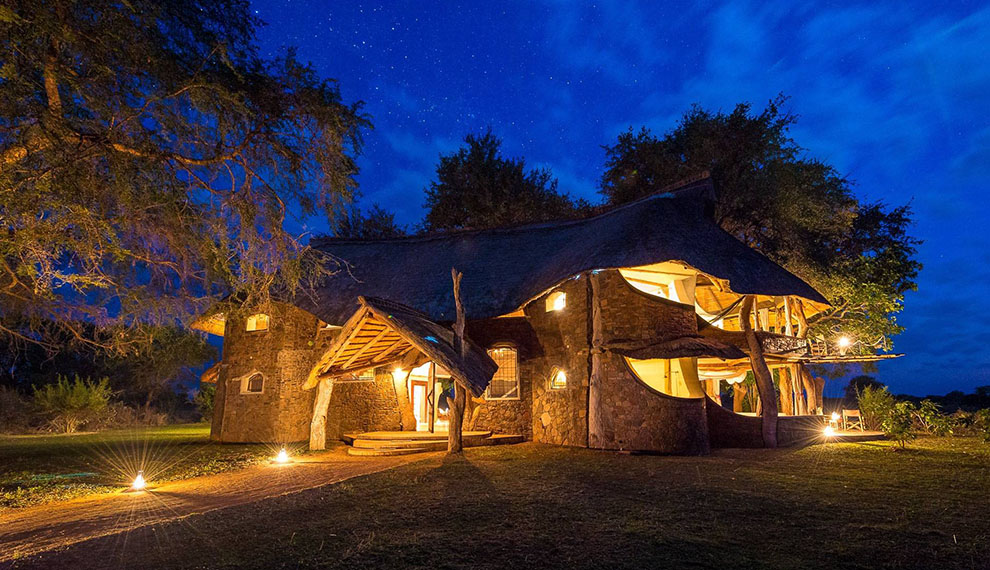Zambia is a country that is ideal for families – great wildlife, expert guides and a huge range of activities for all the family. Here’s our pick of the best for 2019/2020:
1. GET WET AND WILD ON THE ZAMBEZI
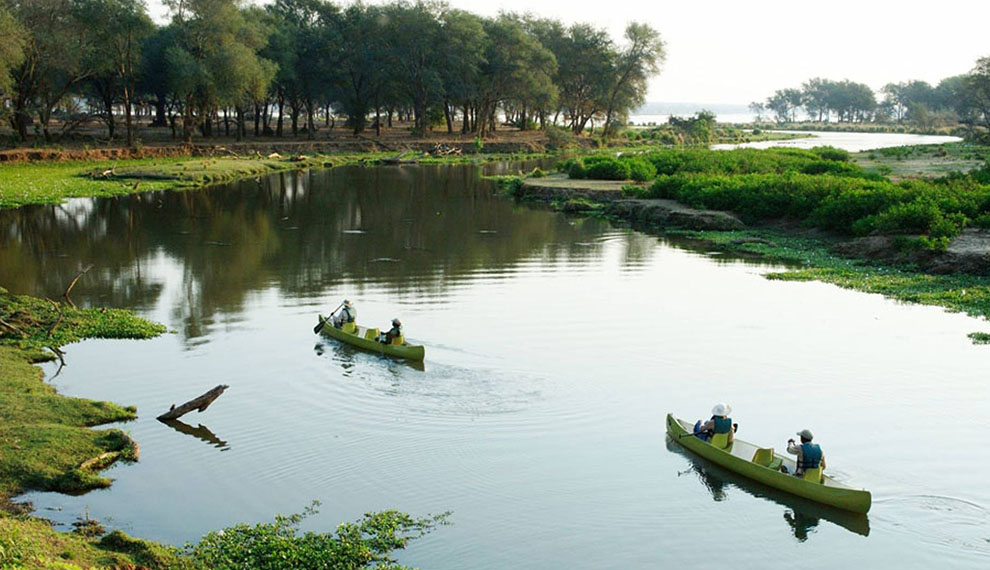
The Zambezi River offers the rare opportunity to get up close and personal with big game from a croc’s-eye perspective. Try your had fishing (on a catch-and-release basis) for the world renowned Tiger Fish, probably the fiercest fighting fresh-water fish in the world.
Experience a quality walking safari as well as venturing out by day in open vehicle, or at night with a lamp. Top-drawer game-viewing in an exceedingly beautiful setting with some of the most comfortable camps in Africa, there is arguably nowhere better to combine adrenalin-filled activity with real relaxation. Take a look at the Lower Zambezi National Park.
2. SAVOUR THE SECLUSION OF A PRIVATE HOUSE
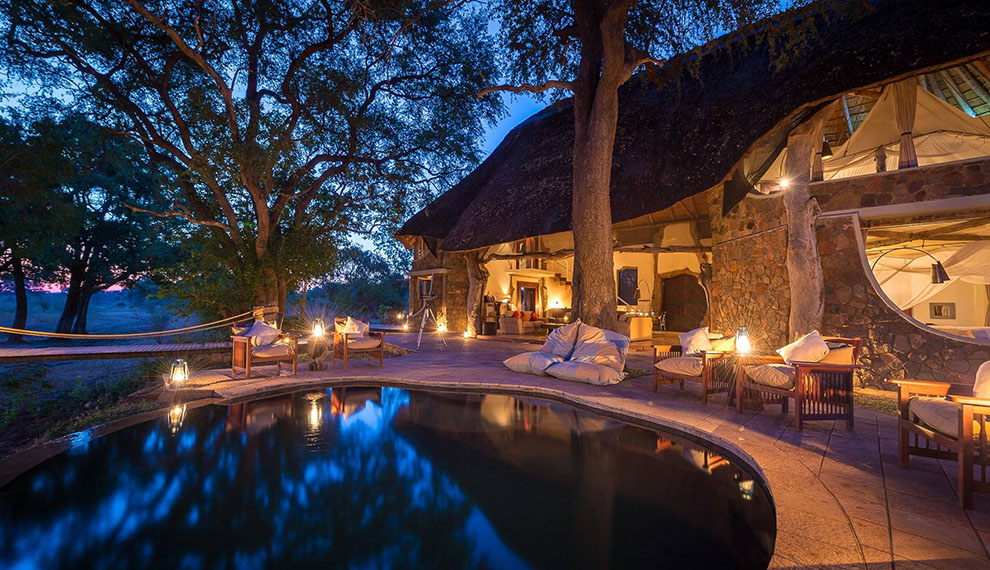
Possibly the greatest luxury that you can have on a family safari is exclusivity – the ability to do what you want, when you want. A private safari house affords the privacy to do just that, to be a family, share meals, enjoy the pool and take your own drives and walks led by a superb guide, when and how you want – without ever having to concern yourselves about upsetting any fellow travellers determined to identify every brown blob in the bush.
Zambian guides have infinite patience with kids of all ages and are grand-masters of engagement – bringing the wilderness to life in a instructive yet fun way. There are a network of safari houses stretching across Zambia from the Victoria Falls in the west to the Luangwa in the east via the Lower Zambezi in the south. Some are simple and (relatively) rustic – others architectural icons in their own right, all offer the possibility of a tremendously bonding trans-generational family holiday of a lifetime.
3. WILDLIFE AND WATERFALLS
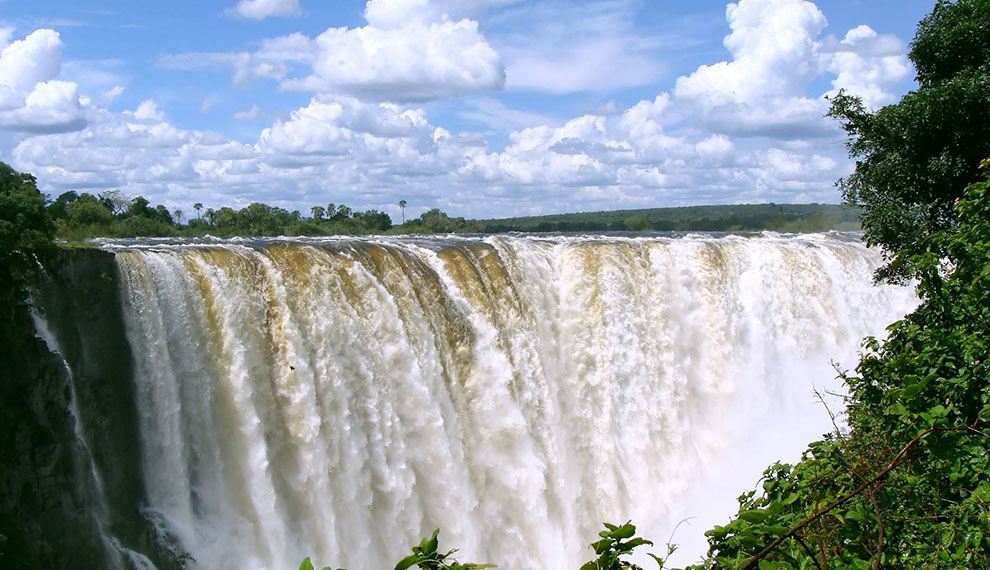
Combine an authentic, deeply-immersive family safari with a trip to one of the natural wonders of the world where you can do as much, or little as you like. Spend a week among the wildlife in the Luangwa, Kafue or Lower Zambezi National Park before heading down to the Falls for a more à la carte selection of activities. Family safaris are without doubt a wonderful experience but it may be wise to consider how long everyone’s enthusiasm for rising with the dawn and tolerating an electronic curfew will last once the excitement of the first encounters with elephants, lion, leopard and hippos begins to wear off.
We suggest that it is not all about how long you travel for but rather the optimal use of your time, so we ensure you are in the best place, at the right time, with a great guide for the safari aspect – when you head to the Falls there is a near-endless list of things to do for those that wish, and exceedingly beautiful swimming pools for those who’d rather lie back and watch the river flow by.
4. TAKE A WALK ON THE WILDSIDE
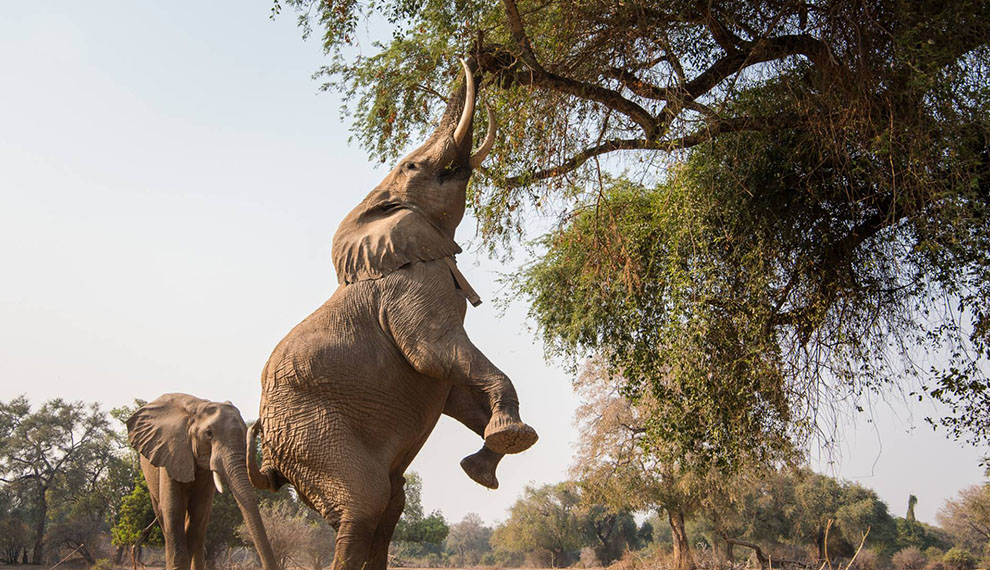
Zambia is the birthplace of the photographic walking safari – and beyond that it remains among the top best places to experience this inimitable means of wildlife watching. Highly trained guides, conscious and proud of the country’s enviable safety record, bring the bush to life. The wonderful thing about walking from a family perspective is that it is active and participatory – there are no passengers – and the shared experiences can be tremendously bonding. Amaze your brood by proving just how rewarding replacing wi-fi with the wilderness can be.
5. MAKE A JOURNEY
There is nowhere like the Kafue to rival the breadth of game-viewing activities on offer – from walking, boating, canoeing, driving and even skimming the tops of the trees in a hot-air balloon. Make a mega-transect from one end of the park to the other.
This is as far from formulaic as you can get and feels like a real journey, of which your family group are the only participants as you bounce through an array of unique, eclectic and sometimes eccentric camps. Each destination offers a different landscape to explore – plains, woodland, river and lake – and it’s this variety which makes this park a unique proposition. We challenge even the most insouciant teen to not become intermittently animated here.


